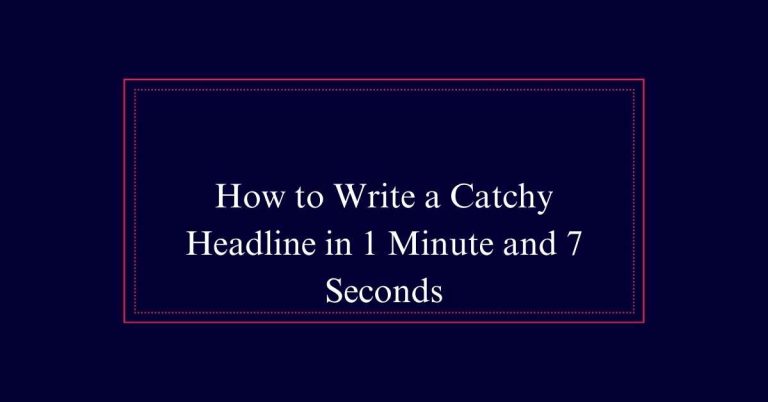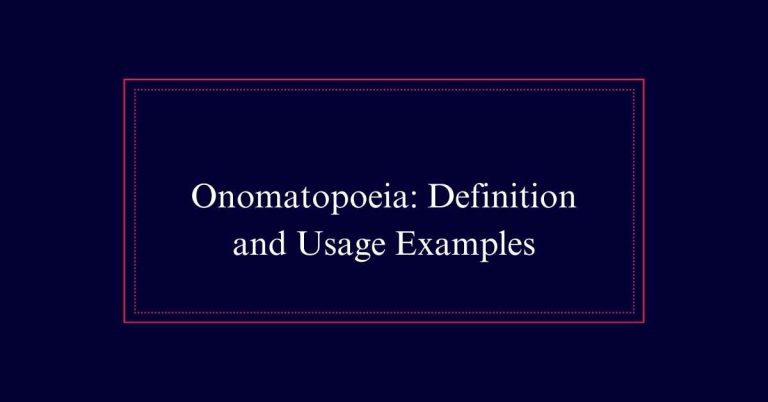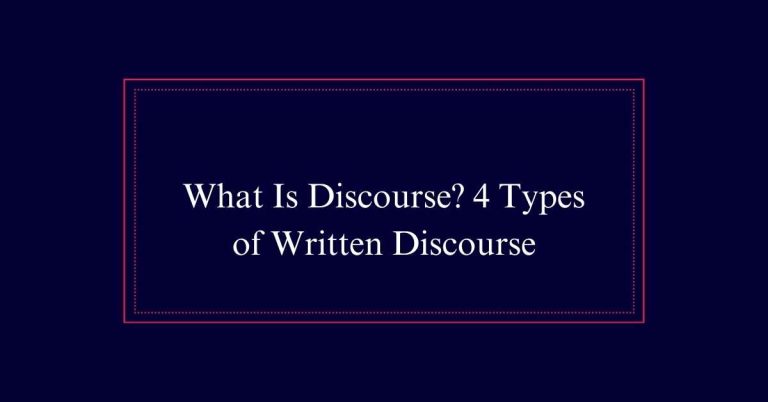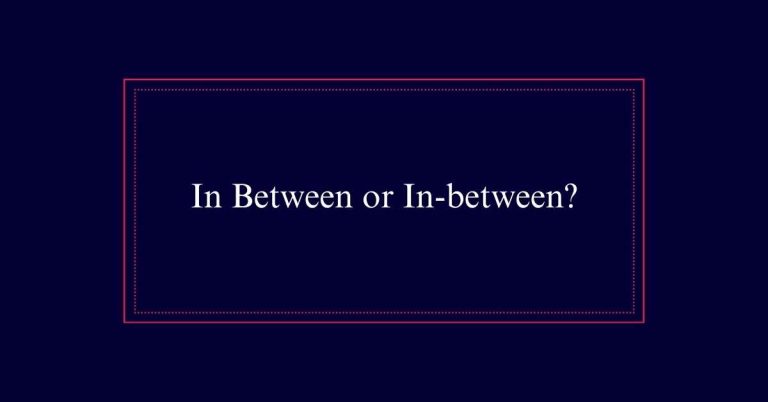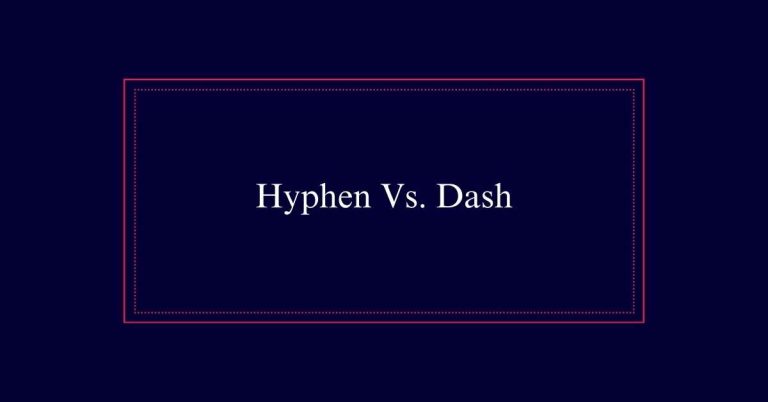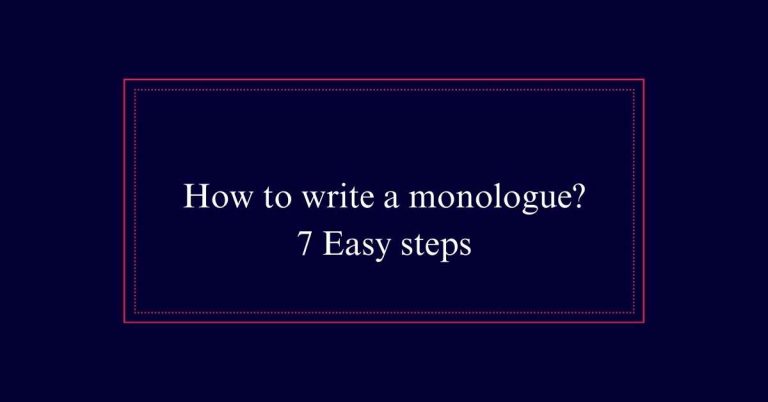To Vs. For
‘To’ and ‘for’ serve different functions in English. ‘To’ indicates direction, movement, or the recipient of an action, such as in ‘go to the store’ or ‘give this to John.’ It can also link actions, like ‘want to learn.’ ‘For’ expresses purpose, benefit, support, or duration, like in ‘for you,’ ‘for three hours,’ or ‘vote for the candidate.’ It is used to show why something is done or who benefits from it.
General Difference
The fundamental difference between ‘to’ and ‘for’ lies in their distinct roles as prepositions. ‘To’ primarily indicates direction, movement, or the infinitive form of verbs. It often answers the question ‘where?’ or ‘whom?’ For example, ‘She went to the store’ or ‘I gave the book to him.’
On the other hand, ‘for’ is used to express purpose, benefit, or a period of time. It answers ‘why?’ or ‘for whom?’ For instance, ‘This gift is for you’ or ‘He worked for three hours.
When to Use To
‘To’ is used in several contexts, primarily indicating direction, movement, or the recipient of an action.
When showing direction, ‘to’ specifies where someone or something is moving, such as ‘She is going to the store.’
It also indicates the recipient of an action or object, like ‘I gave the book to John.’
Additionally, ‘to’ connects actions, as in ‘He wants to learn.’
It establishes an abstract link between two entities, as seen in ‘She is married to him.’
Lastly, ‘to’ can be used for comparisons, e.g., ‘Her performance is superior to his.’
When to Use For
For various situations, ‘for’ is used to indicate support, representation, exchange, length, and gratitude. It shows agreement or favor toward something, such as “I voted for the candidate.” ‘For’ also represents an action on behalf of someone, like “She spoke for the team.” It indicates an exchange, as in “I traded my book for a movie ticket.” ‘For’ can denote the duration of time or distance, such as “I studied for three hours.” Lastly, it shows gratitude, for example, “Thank you for your help.
| Usage | Example |
|---|---|
| Support | “I am here for you.” |
| Representation | “He acts for the company.” |
| Exchange | “I exchanged my shift for Friday.” |
| Length | “They traveled for two weeks.” |
Direction and Movement
Understanding how ‘to’ functions in indicating direction and movement is essential for proper usage.
The preposition ‘to’ is commonly used to express movement toward a specific destination or target. For example, ‘She walked to the park’ clearly shows the direction of her movement.
Similarly, ‘to’ can indicate the direction of an action, as in ‘He sent the letter to his friend.’ This usage helps clarify the goal or endpoint of the action.
Additionally, ‘to’ is used in phrases such as ‘heading to the store’ or ‘driving to work,’ further emphasizing movement toward a place or objective.
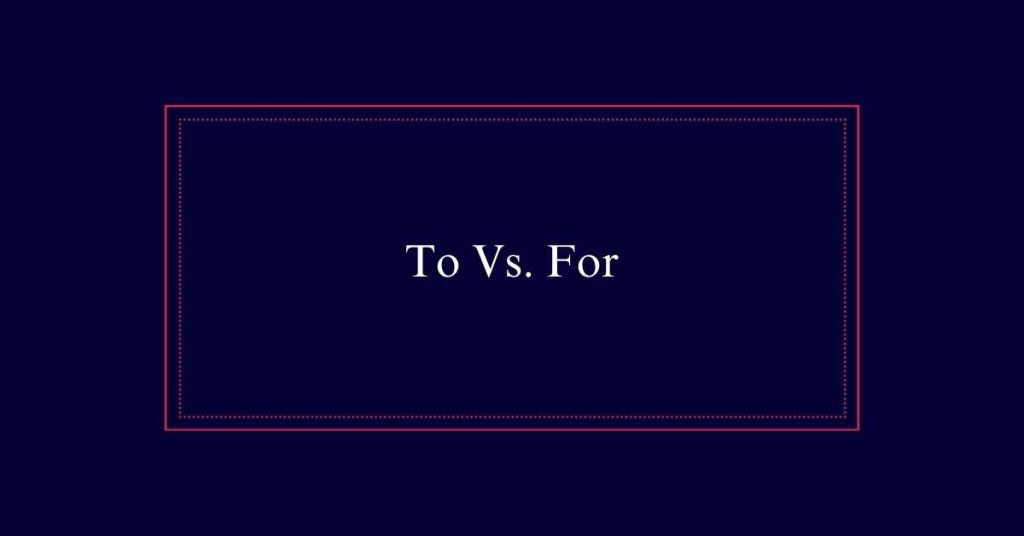
Receiving and Giving
In the context of receiving and giving, ‘to’ is used to specify the recipient of an action or item. For example, ‘I gave the book to Sarah.’ Here, ‘to’ shows that Sarah is the one receiving the book. This usage is direct and clear.
Conversely, ‘for’ indicates the purpose or benefit of the action or item for someone. For instance, ‘I bought the book for Sarah.’ In this case, the book is intended to benefit Sarah, but she may not receive it directly immediately.
Support and Representation
Support and representation often require the use of ‘for’ to indicate advocacy or acting on behalf of someone or something. When you use ‘for’ in these contexts, it shows alignment, defense, or action taken in favor of another. This is important in professional, legal, and personal scenarios where clear representation is needed.
Here are four key points:
Advocacy: Using ‘for’ shows you support a cause or person.
Example: ‘She spoke for the rights of the underprivileged.’
Representation: It indicates acting on behalf of someone.
Example: ‘He signed the document for his manager.’
Favor: Expresses doing something to benefit someone.
Example: ‘I did it for you.’
Endorsement: Shows approval or backing.
Example: ‘The committee voted for the proposal.’
Time and Distance
When indicating time or distance, ‘for’ is the preposition to use. It specifies duration, such as ‘I waited for two hours,’ or distance, like ‘We walked for five miles.’ This usage helps convey the extent of time spent or distance covered.
‘To’ does not fit in these contexts. It is used for direction or movement, such as ‘I am going to the store.’ Understanding this distinction aids in clear communication.
‘For’ paints a clear picture of how long an activity lasts or how far something extends. So, remember to use ‘for’ when talking about periods of time or lengths of distance to make sure your meaning is precise and unambiguous.
Gratitude Expressions
Expressing gratitude often involves the preposition ‘for’ to indicate the reason behind the appreciation. When saying thank you, ‘for’ helps guarantee the purpose of your thanks.
Here are some examples:
- Thank you for your help: This indicates appreciation for assistance provided.
- I’m grateful for your support: This shows gratitude for someone’s backing.
- Thanks for the gift: This expresses thanks for receiving a present.
- I appreciate you for your kindness: This acknowledges someone’s considerate behavior.
Common Phrasal Verbs
Phrasal verbs combine a verb with a preposition or adverb to create a new meaning distinct from the original verb.
Some common phrasal verbs with ‘to’ include ‘look forward to’ and ‘come to.’ For example, ‘I look forward to meeting you’ means anticipating with pleasure. Another example is ‘come to,’ as in ‘He came to realize the truth.’
Common phrasal verbs with ‘for’ include ‘care for’ and ‘stand for.’ ‘Care for’ means to look after, as in ‘She cares for her pets.’ ‘Stand for’ signifies representation, such as ‘The symbol stands for peace.’
Contextual Usage
Understanding the contextual usage of ‘to’ and ‘for’ is essential for effective and nuanced communication. In various contexts, these prepositions convey distinct meanings.
Importance:
- ‘Important to’ indicates personal or emotional significance.
- ‘Important for’ suggests practical benefits.
Purpose:
- ‘To’ often indicates an aim or goal, as in ‘I came to see you.’
- ‘For’ can denote a reason or function, like ‘I came for the meeting.’
Benefits:
- ‘To’ shows direction toward a benefit, e.g., ‘This is beneficial to you.’
- ‘For’ highlights the recipient of a benefit, as in ‘This is beneficial for you.’
Usage with Nouns and Verbs:
- ‘To’ usually pairs with verbs.
- ‘For’ often precedes nouns.

